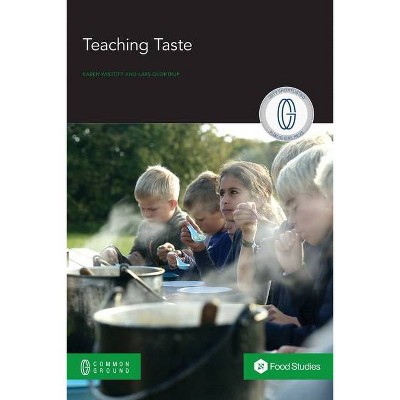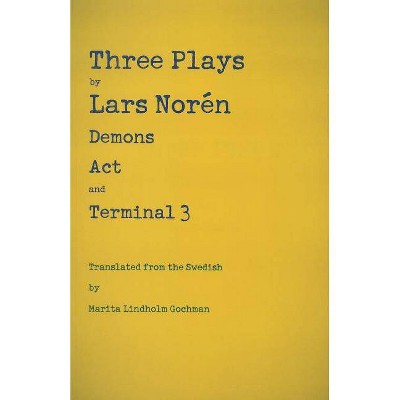Teaching Taste - by Karen Wistoft & Lars Qvortrup (Paperback)

Similar Products
Products of same category from the store
AllProduct info
<p/><br></br><p><b> About the Book </b></p></br></br>"How we taste and eat is just as central in a civilization perspective as what we know and think. Meal communities are important contributors to the creation of a community of opinions based on sense, emotion and taste. This is the reason for writing Teaching Taste. The historical part analyses Danish children's cookbooks. When did the view of taste change from a norm that was met to a sense and ability that everyone, including children, possesses? The systematic part identifies seven dimensions of taste: pleasant taste, healthy taste, sensed taste, moral taste, religious taste, loving taste and trendy taste and how to teach them. The didactic part answers how can we teach about, through and for taste. The book is written for teachers, trainee teachers and students on courses in Home Economics, Food Knowledge and Food Education. The book ends with a ready-to-use teaching handout"--<p/><br></br><p><b> Book Synopsis </b></p></br></br><p>Throughout history meal gatherings have functioned as communal sites that contribute to the creation of shared opinions based on sense, emotion, and taste. In <strong><em>Teaching Taste</em></strong>, Karen Wistoft and Lars Qvortrup contend that how we taste and eat is just as central to culture and civilization as what we know and think. Written with teachers, trainee teachers, and students in mind, the work is divided into three parts. The authors open with an historical analysis of Danish children's cookbooks. They do so in order to track and discern shifting norms regarding what constitutes good taste, quality cooking, and appropriate meal preparation. Specifically, they examine how cooking came to be understood as the practice of following a recipe as accurately as possible, or how taste came to be recognized as a sense and ability that everyone, including children, possess. In the second part, the authors present a systematic foundation for a didactics of taste that seeks to unpack precisely what is taught when engaged in teaching taste. Specifically, the authors outline seven dimensions of taste: pleasant, healthy, sensed, moral, religious, loving, and trendy. These seven dimensions also include didactic reflections and concrete examples that lead to the third part of the work in which the authors delineate how practitioners, especially those interested in Home Economics, Food Knowledge and/or Food Education can teach about, through, and for taste. To that end, the book also includes several concrete teaching examples and a ready-to-use teaching handout. </p>
Price History
Price Archive shows prices from various stores, lets you see history and find the cheapest. There is no actual sale on the website. For all support, inquiry and suggestion messagescommunication@pricearchive.us



















